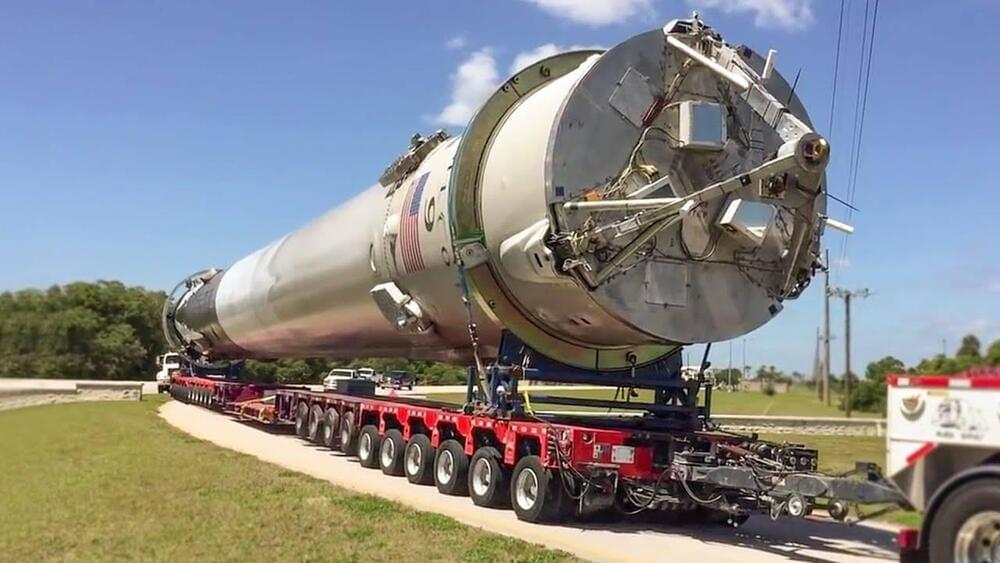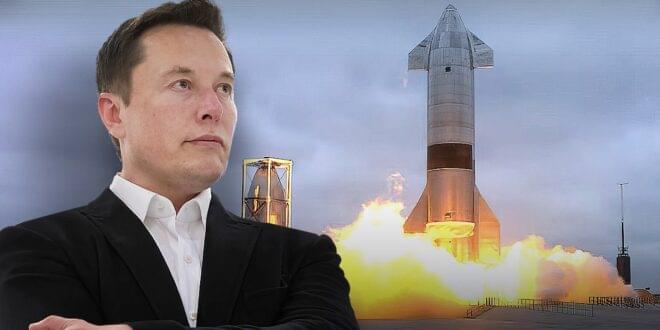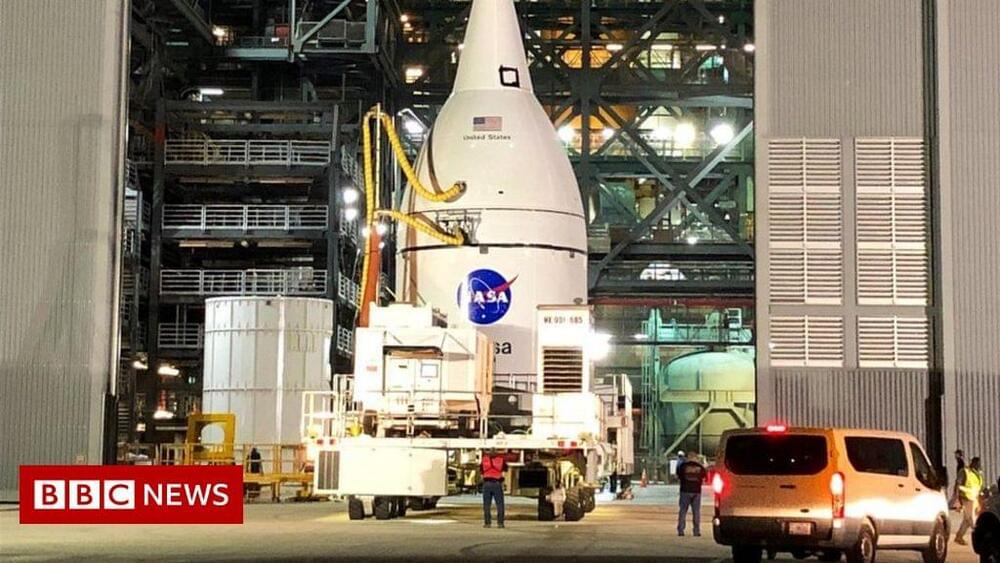Investing bank Morgan Stanley believes that Elon Musk will become the world’s first modern trillionaire. Due to a wild bull market in Tesla shares over the last two years, the eccentric billionaire’s net worth has skyrocketed to unprecedented heights. Since the beginning of the year 2,020 the price of Tesla stock has risen by more than tenfold.
According to a Morgan Stanley report, the CEO of Tesla will become a trillionaire as a result of the success of his second business, SpaceX.
The private space-exploration company set up by Musk “is challenging any preconceived notion of what was possible and the time frame possible, in terms of rockets, launch vehicles and supporting infrastructure,” wrote Morgan Stanley analyst Adam Jonas in a note titled, ‘SpaceX Escape Velocity … Who Can Catch Them?’





